In the middle of the 18th century, on the north side of the Palais Royal gardens in Paris, there stood a magnificent chestnut tree called the Tree of Cracow. In his presidential address to the American Historical Association in 2000, Robert Darnton explained that the name Cracow probably derived from the heated debates that took place in Paris during the War of the Polish Succession, but also from the French verb craquer: to tell dubious stories. News-mongers or nouvellistes de bouche, agents for foreign diplomats and curious members of the public gathered round the tree, which was at the heart of Paris’s news network, a nerve centre for transmitting information, gossip and rumours. If you wanted to know what was going on, all you had to do was ‘stand in the street [or garden] and cock your ear’.
Throughout his brilliant career, which began in 1964 with a doctoral thesis ‘Trends in radical propaganda on the eve of the French Revolution (1782-1788)’, Darnton has been cocking his ear to 18th-century debates, tracking ‘the flow of information at street level’. He has negotiated a totally independent path through all the historiographical trends that have come and gone over the past half century, keeping his ear to the ground and immersing himself in primary sources: diaries, correspondence, gazettes, street songs and informal newssheets known as nouvelles à la main. When he published George Washington’s False Teeth: An Unconventional Guide to the Eighteenth Century in 2003, he admitted to spending so much time in the 18th century that the 21st sometimes disorientated him, and claimed he would happily time travel on two conditions: high birth and no toothache.
The Revolutionary Temper is a riveting synthesis of Darnton’s life’s work that reckons with the weightiest of 18th-century questions: what caused the French Revolution? He argues that there was no clear line of causality, but the emergence of a revolutionary temper that was ‘ready to destroy one world and construct another’. By 1789, the people of Paris were collectively in the mood for a revolution. This was because there had been a slow but steady build-up of revolutionary sentiment for decades, consisting variously in: commitment to the nation, love of liberty, indignation at depravity among the aristocracy, hatred of despotism, dedication to virtue, disenchantment with the monarchy, resistance to taxation, detachment from the church, belief in the power of reason, a penchant for moralising and familiarity with violence.
Darnton’s painstaking academic work has long appealed to a broader popular audience because he writes beautifully and has a weather eye for quirky detail. In the last months of 1749, for example, child beggars started to disappear from the streets of Paris, a nightmare scenario that recalls the child-catcher scenes in Chitty Chitty Bang Bang. Word spread that the urchins were being rounded up by the Parisian police and sent across the Atlantic as labourers. No one much cared until May 1750, when some wealthier children of artisans and bourgeoises also disappeared:
Paris exploded in the most violent riots anyone had known, an uprising that overwhelmed the police and that lasted, off and on, for a week. At its height, for a few hours on 23 May, Paris was in the hands of the crowd.
In the wake of these riots, people spoke openly about their hatred of the police, the government, King Louis XV and his mistress Madame de Pompadour. The city’s highest judicial body, the Parlement, published an edict denying that the police had been abducting children, but advising parents who had lost their children to contact the police to get them back. One barrel-maker paid a police officer 60 livres in ransom for his kidnapped son. Then two silly soldiers on a trip to Orléans announced as a prank that they had come to seize some children. The crowd spontaneously beat one of them to death and the other was later condemned to be whipped, branded and sent to the galleys for nine years. Jokes in the 18th century could be costly, and as Darnton, quoting Voltaire, points out, it was important to ‘get the laughter on one’s side’.
Building on his essay about Rousseau in The Great Cat Massacre: And Other Episodes in French Cultural History (1984), Darnton describes the flood of ‘sweet’ tears released as readers responded to the epistolary novel La Nouvelle Héloïse (1761). After its publication, Rousseau received many letters from people who refused to believe that his characters weren’t real, demanding to know what was happening to them beyond the confines of the novel. Darnton describes this as ‘a new realm of experience, unmediated contact with emotions’. Earlier novelists, such as Prévost and Marivaux, had ‘maintained an ironic distance between themselves and their characters’, but Rousseau reached into his readers’ hearts and ‘spread sentiments powerful enough’ to turn them against the established order. Under the socially stratified ancien regime, people began to realise that ‘whatever their status, they shared the same emotions and sensed a common equality beneath the artifice of social conventions’.
To celebrate the end of the Seven Years’ War, the city of Paris commissioned a giant equestrian statue of Louis XV to be positioned in the new Place Louis XV (now Place de la Concorde) on a huge pedestal. During its installation, several people were arrested for ‘indecent talk’ about the king and afterwards the pedestal became a convenient place to post subversive verses, such as: ‘Grotesque monument, infamous pedestal!/ The virtues go on foot, vice rides on horseback.’ When Louis XV died in 1774, Parisians welcomed his successor, Louis XVI, a younger, undebauched monarch who might usher in a new regime of thrift and prioritise the welfare of his people. But it wasn’t long before the police were ordering all the cafés in Paris to silence chatter about the new king and his ministers. Rumour had it that one of Louis XVI’s most trusted domestic servants warned him: ‘Sire, no matter what you do you will never be loved by the people as long as bread is expensive.’
Darnton evokes the cost-of-living crisis that was the immediate context for the revolutionary crescendo of public anger in 1788-9. It was the coldest winter in living memory, food prices had dramatically risen and around 80,000 Parisian workers were unemployed. The snow kept falling throughout March, but Paris did not explode until later in the spring, even though it was clear to many that a ‘horrible revolution’ was coming. Once it began, with the opening of the Estates General, the Third Estate’s definition of itself as the nation, and the storming of the Bastille, there was an end to many things, including laughter. ‘The Revolution in general had no sense of humour,’ Darnton writes. Jokes, always precarious under the ancien regime, could slide a wisecracker under the guillotine during the Revolution.
Darnton honestly admits that ‘the bloodshed defies understanding’. The guillotining was a relatively small part of it – approximately 17,000 lives condemned by revolutionary tribunals. Beyond that there were wars, mass drownings and massacres. The September Massacres of 1792, in particular, ‘took on the character of a ritualistic, apocalyptic mass murder’. While he cannot explain the ultimate cause of revolutionary violence, Darnton has shown that it was a long time coming, and when it arrived ‘it released utopian energy’. There was, he argues, a sense of ‘boundless possibility’ that had built up before 1789, ‘and it was not restricted to popular emotions in the streets’. Lawyers, men of letters and intellectuals felt it too. From a distance of almost two-and-a-half centuries, ‘it seems incredible that an entire people could rise up and transform the conditions of everyday existence’. For Darnton, that is the bright light of the French Revolution, ‘when anything looked possible and the world appeared as a tabula rasa’.
Got something to add? Join the discussion and comment below.
Get 10 issues for just $10
Subscribe to The Spectator Australia today for the next 10 magazine issues, plus full online access, for just $10.
You might disagree with half of it, but you’ll enjoy reading all of it. Try your first month for free, then just $2 a week for the remainder of your first year.

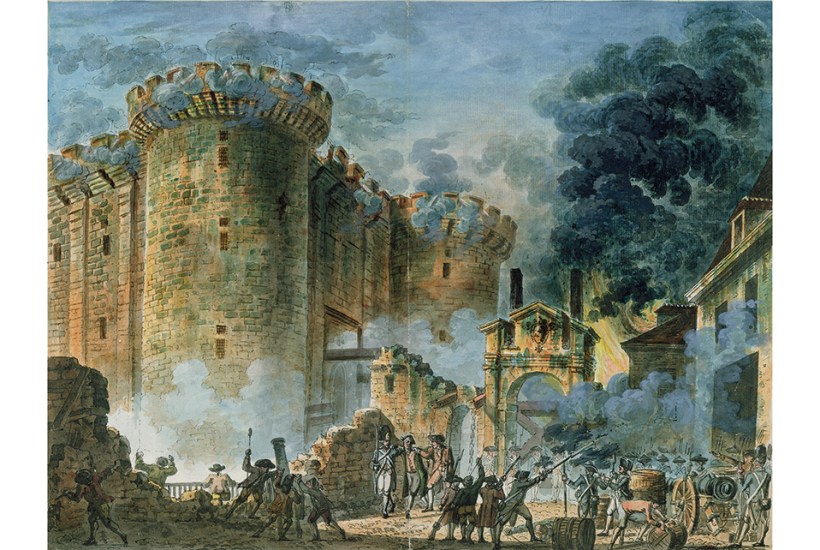


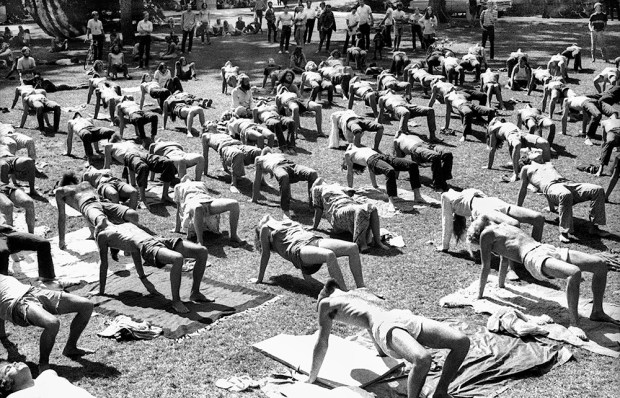
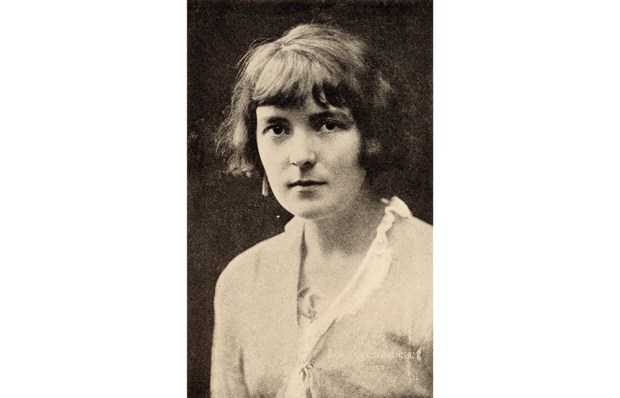
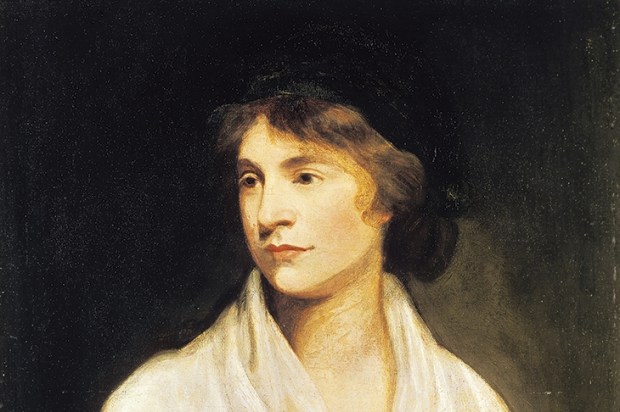
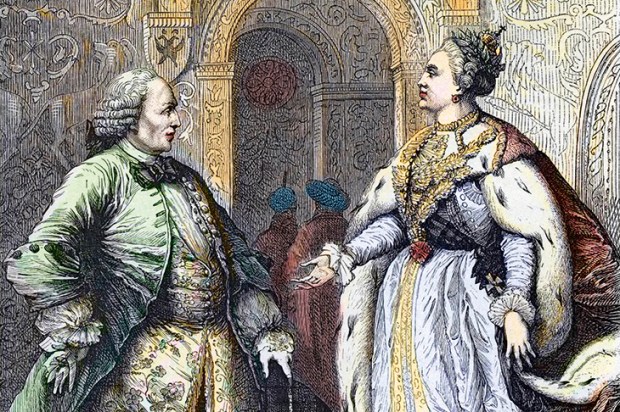






Comments
Don't miss out
Join the conversation with other Spectator Australia readers. Subscribe to leave a comment.
SUBSCRIBEAlready a subscriber? Log in